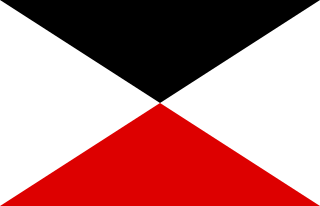
The Guards Corps/GK was a corps level command of the Prussian and then the Imperial German Armies from the 19th century to World War I.

The XXII Reserve Corps was a corps level command of the German Army in World War I.

The XXIII Reserve Corps was a corps level command of the German Army in World War I.

The XXIV Reserve Corps was a corps level command of the German Army in World War I.

The XXV Reserve Corps was a corps level command of the German Army in World War I.

The XXVI Reserve Corps was a corps-level command of the German army during World War I.

The XXVII Reserve Corps was a corps-level command of the German army during World War I.

The XXXVIII Reserve Corps was a corps level command of the German Army in World War I.

The XXXIX Reserve Corps was a corps level command of the German Army in World War I.

The XXXX Reserve Corps was a corps level command of the German Army in World War I.

The XXXXI Reserve Corps was a corps level command of the German Army in World War I.

The III Reserve Corps was a corps level command of the German Army in World War I.

The VII Reserve Corps was a corps level command of the German Army in World War I.

The Guards Reserve Corps was a corps level command of the German Army in World War I.

The VIII Reserve Corps was a corps level command of the German Army in World War I.

The V Reserve Corps was a corps level command of the German Army in World War I.

The VI Reserve Corps was a corps level command of the German Army in World War I.

The I Royal Bavarian Reserve Corps / I Bavarian RK was a corps level command of the Royal Bavarian Army, part of the Imperial German Army, in World War I.

The IX Reserve Corps was a corps level command of the German Army in World War I.

The Landwehr Corps was a corps level command of the German Army in World War I.

